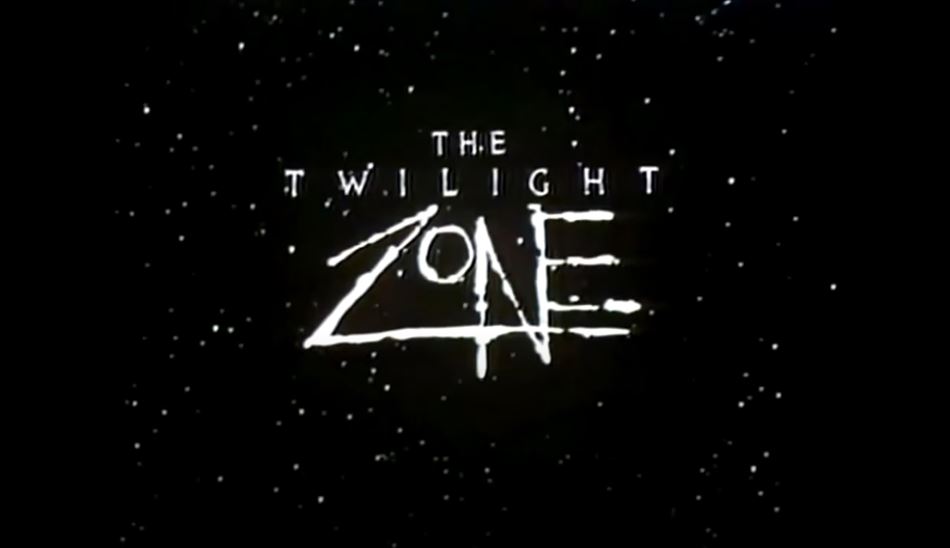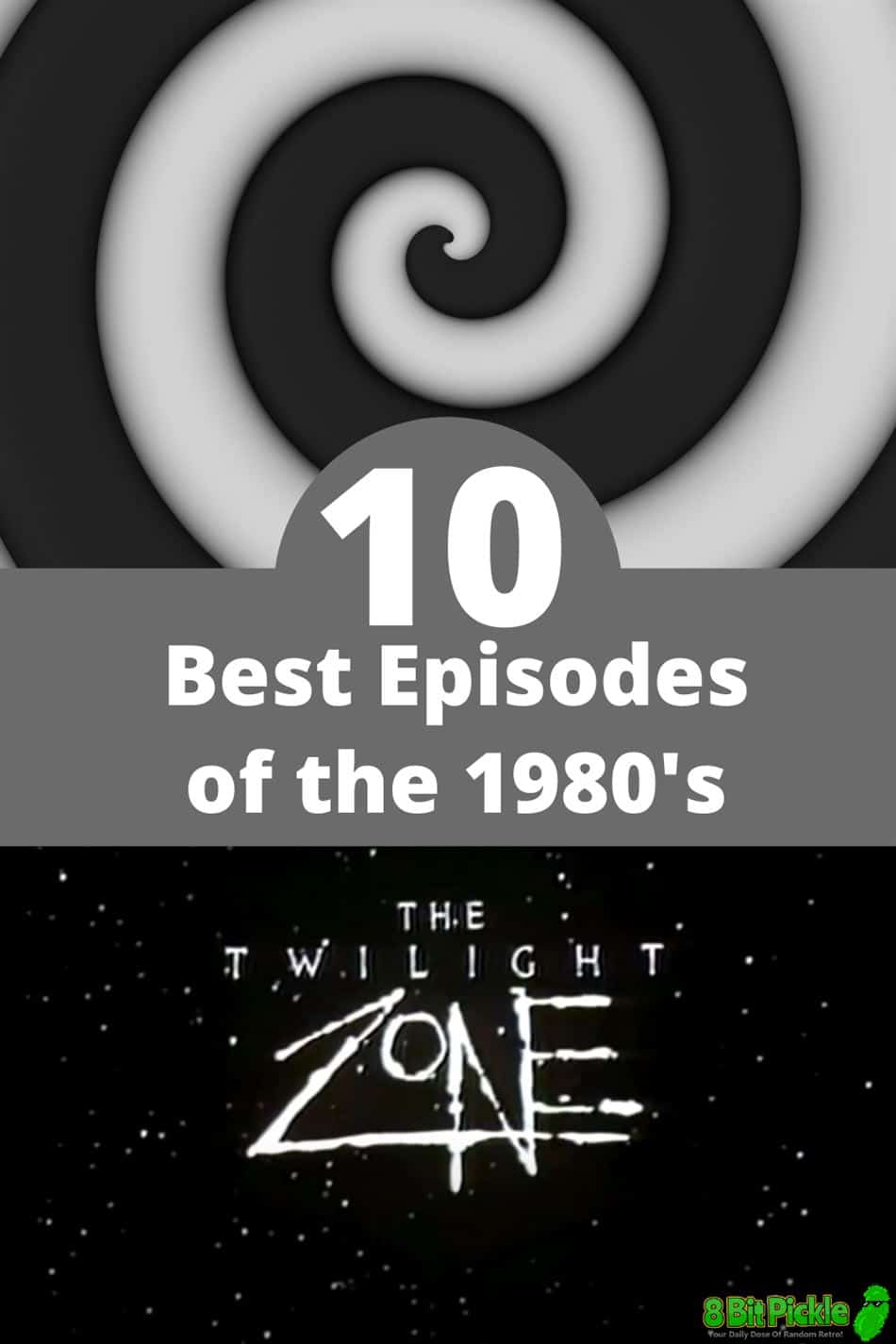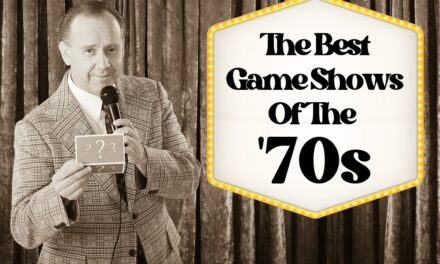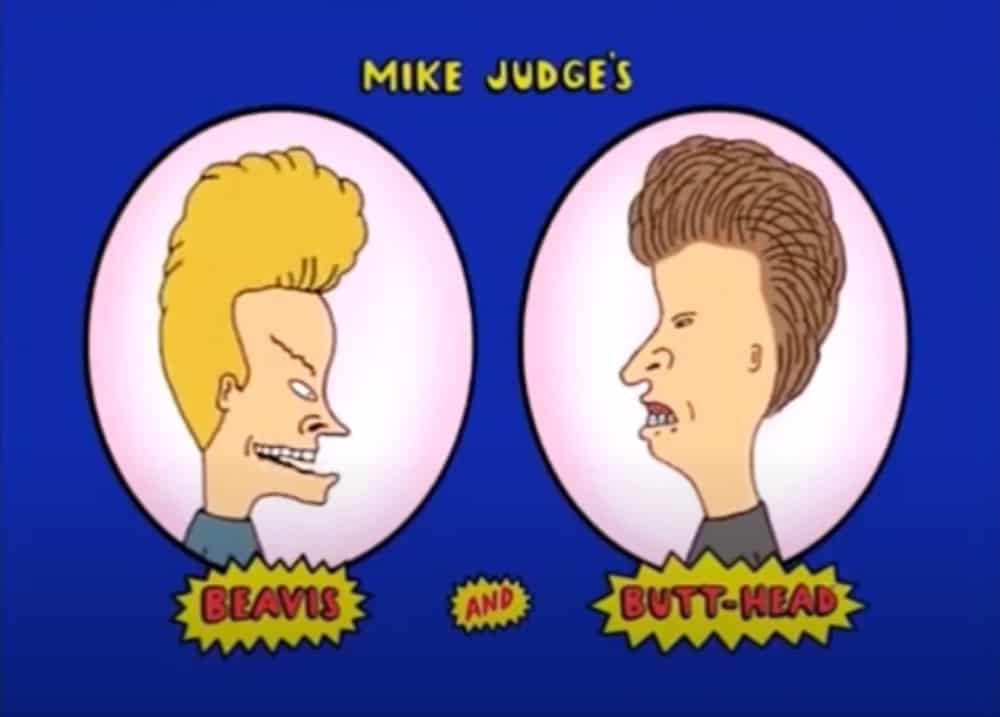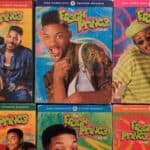The original five seasons, which aired from 1959 to 1964, of Rod Serling’s majestic The Twilight Zone remains a highlight of television history.
The scripts, aesthetics, production, and direction were of such formidable quality that they inspired entire generations. In fact, practically all the good ideas that characterize contemporary horror and science fiction TV and cinema, have their roots in the OG Twilight Zone.
With the incredible Jordan Peele at the helm, a modern aesthetic, and a concerted effort to link as much as possible with the OG show, CBS’s 2019 Twilight Zone remake has been met, for the most part, with a mixed reception. And it won’t be the first time this happens.
The 80s saw the network try to remake The Twilight Zone into something that could reach and captivate audiences much in the same manner that the classic series had done. However, despite having some big names attached (Harlan Ellison, J. Michael Straczynski, Wes Craven, and George R. R. Martin all wrote for the show), the results were mixed.
Nevertheless, there were plenty of episodes worthy of their pedigree. Are you ready to cross over into a dimension of sound, a dimension of sight, a dimension of mind?
Spoilers Ahead! Here are the 10 Best Episodes of the 1980s Twilight Zone:
A Little Peace And Quiet
Master of Horror Wes Craven skillfully delivers us the first tale on our list.
A Little Peace And Quiet follows the troubled daily life of a frustrated and jaded housewife, played by the fantastic Melinda Dillon, who discovers that she has the ability to freeze everything and everyone around her and, thus, attain a bit of peace and quiet as alluded by the title.
With a simple verbal command, our heroine is able to escape the ruckus and commotion caused in her life by screaming children, blaring television sets, roaring radios, noisy electrical appliances, etc.
It’s too bad that the last time she uses her power is the precise moment that Chaos has chosen to take over the world. In a beautifully shot sequence, we see our heroine travel through a silent city frozen on the cusp of hysteria, and as the camera pans over the marquee of a cinema we get a glimpse of the cause: A gigantic nuclear ballistic missile frozen in the sky!
In a fantastic bit of internal consistency, the credits, this time, scroll by silently without music.
“Wouldn’t it be nice if once in a while everyone would just shut up and stop pestering you? Wouldn’t it be great to have the time to finish a thought or spin a daydream? To think out loud without being required to explain exactly what you meant? If you had the power, would you dare to use it, even knowing that silence may have voices of its own to the Twilight Zone?”
Dreams For Sale
Long before the Matrix blew the minds of millions of moviegoers worldwide with its talk of simulated life, free will, and existential dread, the 80s remake of The Twilight Zone gave us a glitch in the matrix.
Dreams For Sale presents us with an idyllic picnic that hides behind its perfect facade something much more sinister and despairing.
As the “Dream” machine begins to fail, our protagonists start to notice that many events in that “perfect” day begin to repeat over and over. As she begins to get more and more confused and reality distorts around her, our heroine, played by the beautiful Meg Foster, wakes up in the far future in a high-tech laboratory.
Soon after she awakes, she’s told by the lab’s staff that she was experiencing a simulation and is promptly put back into the “dream”.
This episode, which feels straight out of the mind of Philip K. Dick, is directed by the skillful Tommy Lee Wallace who would go on to direct the 1990 adaptation of Stephen King’s IT.
Nightcrawlers
This next episode comes to us from the genius mind of William Friedkin! This means that it is rich in succinct storytelling, sustained tension, and brutal progression.
Nightcrawlers is arguably one of the best episodes of ALL of The Twilight Zone incarnations. Based on a story by the Horror novelist Robert R. McCammon, the episode sublimates the cliched topic of post-war psychological trauma.
The episode is masterfully shot and directed, as it befits the director behind the freaking Exorcist! The pacing, framing, and sheer audacity of some of the scenes, all help to build up to a fever-pitch and violent finale that has to be seen to be appreciated.
In fact, I wouldn’t be remiss in saying this particular episode served as the inspiration for the fantastic 1990 film, Jacob’s Ladder; which was one of the decade’s masterclasses on tension and high-strung dread.
The Burning Man
Minimal and enigmatic, The Burning Man, is another one that stands toe to toe with the best episodes of the franchise.
The episode is efficiently adapted from a short story penned by the one and only Ray Bradbury and presents us with a brutal, and highly evocative, meditation on the existence of evil and mindless violence in the world.
The plot is simple enough, a disoriented old man is picked up in a car by a woman and her young nephew. While in the car the stranger begins a rambling and often incoherent tirade full of sinister and ominous phrases. He speaks of evil, cycles, mud, terror, and being chased by the Sun.
After a while, our protagonists grow weary of him and expel him from the car. However, their nightmare is only beginning, and soon afterward they encounter a second entity along the road.
With a considerable poetic and abstract force, the segment ends with an unforgettable final night shot in which the car’s headlights go out in the pitch-black summer night.
“Eat me some summer boy, summer, ma’am. Just devour it whole. Look at them trees, ain’t they a whole dinner? Look at them fields of wheat, ain’t that a feast? Them sunflowers by the road, by golly, there’s breakfast. Tar Paper on the top of that house, there’s lunch. And the lake, way up ahead, Jehoshaphat, that’s dinner wine, drink it all!”
A Matter Of Minutes
This is another episode that was adapted from a short story by one of the most unique literary voices of the century, the late great Theodore Sturgeon.
As the episode starts a couple wakes up into a reality that is under construction. As our couple attempts to get their bearings they encounter numerous laborious figures dressed in blue that are actively “building” the universe around them.
There is no one else because it is far too early into the process for people to be there. Our couple is highly privileged in that they are experiencing the birth of existence; except for the fact that they will not be allowed to go back into the “real” world once it has been built because they would run the risk of revealing the true nature of the universe to the rest of its inhabitants.
Imagine an early 80s version of a Michel Gondry vision and you will get a general sense of what A Matter Of Minutes is able to convey during its all-too-short duration. Being a fan of the fantastic, it’s hard not to fall in love with A Matter Of Minutes.
“Time, a handy fiction to explain why everything doesn’t happen all at once. Or maybe we’re the fiction, moving minute by minute…through the Twilight Zone.”
Gramma
Gramma comes to us from the twisted mind of Stephen King, with a screenplay adapted by Harlan Ellison, and is another ode to expository simplicity.
The premise, a boy is left alone with his dying grandmother, who lies in her sickbed at the end of the hall, belies the sheer horror and dread packed in this episode. You see, the boy is deeply afraid of his grandmother and, as it turns out, he is not entirely unjustified.
Gramma is a witch, well versed in blood magic and necromancy, who holds a truly sinister desire to hold her grandson tight before she dies.
The episode possesses a rather macabre tone and efficiently plays with our childish fears of old age and death.
The final twist is well worth the admission. Gramma is one of my personal all-time favorite episodes of The Twilight Zone.
Button, Button
Button, Button is yet another peak for the franchise and comes to us through a deliciously adapted short story by Richard Matheson. If you’ve seen the 2009 Hollywood film The Box, you already know what to expect from Button, Button.
Here is the premise: A mysterious stranger leaves a mystery box on the front door of one of the apartments of a low-rent apartment block. This is Arthur and Norma’s apartment and they are living in abject poverty.
The box comes with a promise: push the button and gain a life-changing amount of money. However, the money will come at the cost of a random person’s life.
The director ably picks up this seemingly impossible premise and develops to a boiling point of joyous absurdity.
Need To know
The inhabitants of a town are going insane as if a David Cronenberg idea had manifested and distorted their everyday existence. The reason for this insanity: a word-disease.
A phrase whispered from ear to ear, passes forth a secret knowledge that elucidates the meaning of existence. Years later, this story would plant the seed for one of my all-time horror films, the brutally honest Martyrs, by French auteur Pascal Laugier.
In both instances, the secret meaning of existence is revealed as a whisper, and in both instances the results are catastrophic.
Need To Know always reminded of Lovecraftian madness overtaking the inhabitants of Arkham, Dunwich, and Innsmouth.
While the development certainly had more space to grow, the ending was fantastic and one of the most memorable moments in a franchise built on memorable moments.
“Often the most perplexing mysteries have the simplest solutions, the most complex questions, the simplest answers. Sometimes we seek them long and hard only to find the solutions and the answers lie right before us in a reference book, under “T” for The Twilight Zone.”
The Storyteller
We all need at least a glimmer of hope in our lives, no matter how jaded some of us like to believe ourselves to be; under this maxim lies one of the most poetic segments of our list.
In this poignant episode, a child becomes a modern-day Scheherazade and tells his elderly grandfather one story every night with the promise of continuing the next evening.
The thing is, the mere promise of one more story keeps the elderly man alive and has done so for over 140 years.
The story ends with a wonderful final coda that fits perfectly into the episode’s internal logic as well as the kid’s stories. Because as it turns out, we are all much like the old man, eagerly awaiting one more story, one more tale, to keep us going, to keep us alive.
“Two women. A man. A chase down library steps. And so, our story begins. Like life, all stories have a beginning, a middle, and an end. But the distances between beginning and end, between story and life, can sometimes be deceptive. Especially when viewed through the shifting prisms of the Twilight Zone.”
The Toys of Caliban
We all know George R. R. Martin. Some of us had read the books before HBO adapted them, and some of us learned of this man when the Game Of Thrones took over the cultural zeitgeist for 9 years. But, what few people know is that good old George is behind one of the best episodes The Twilight Zone has ever produced.
The Toys Of Caliban introduces us to a young child with a mental handicap and the power to materialize or “Bring” things he has seen in pictures into existence.
The Toys Of Caliban is a brutal tale told with master craftsmanship. The boy’s supernatural gift ends up being very much a curse, and the cruelty with which we are presented is hair-raising and simply unforgettable.
This episode is one of the best I’ve ever had the pleasure of seeing on television and that is only possible thanks to George R. R. Martin’s malevolent and ultimately genius script.
Did I miss one of your favorites? Let us know your thoughts.
